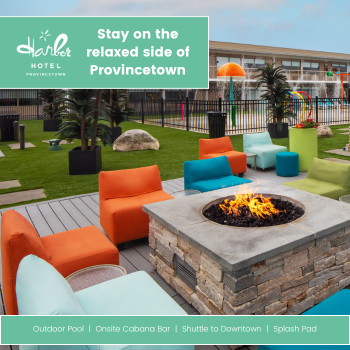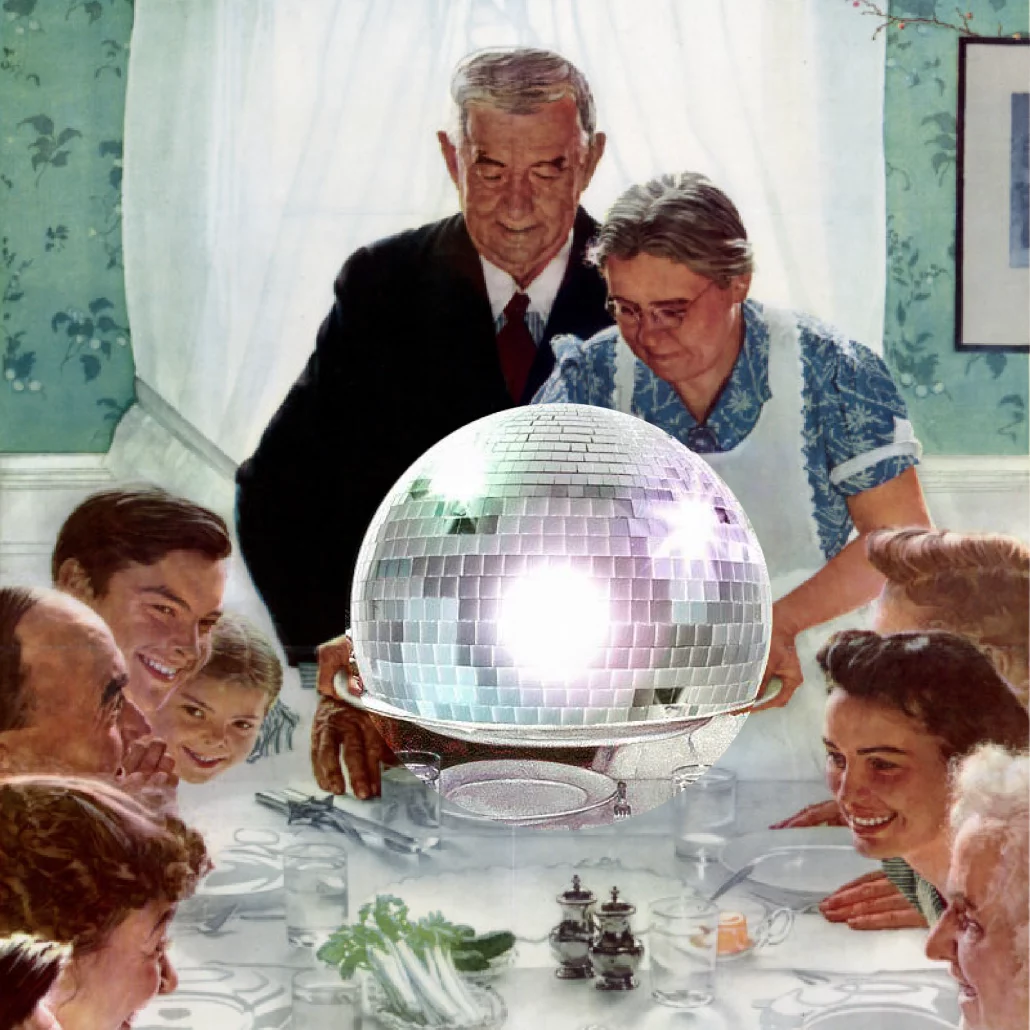The modern understanding of Provincetown as a special place for the LGBTQ community began in 1899. That’s when Charles Hawthorne founded the Cape Cod School of Art, giving birth to the Provincetown art colony.
Hawthorne had been touring New England, looking for the perfect location for his summer art school, when he came upon Provincetown, which had been devastated by the Portland Gale of 1898. Much of the town lay in ruins and a significant portion of the fishing fleet had sunk in the storm, leaving behind the widows of the crew & captains. The town’s economy was in shambles and many of the women offered housing and cooking for the artists Hawthorne promised he’d bring back with him.
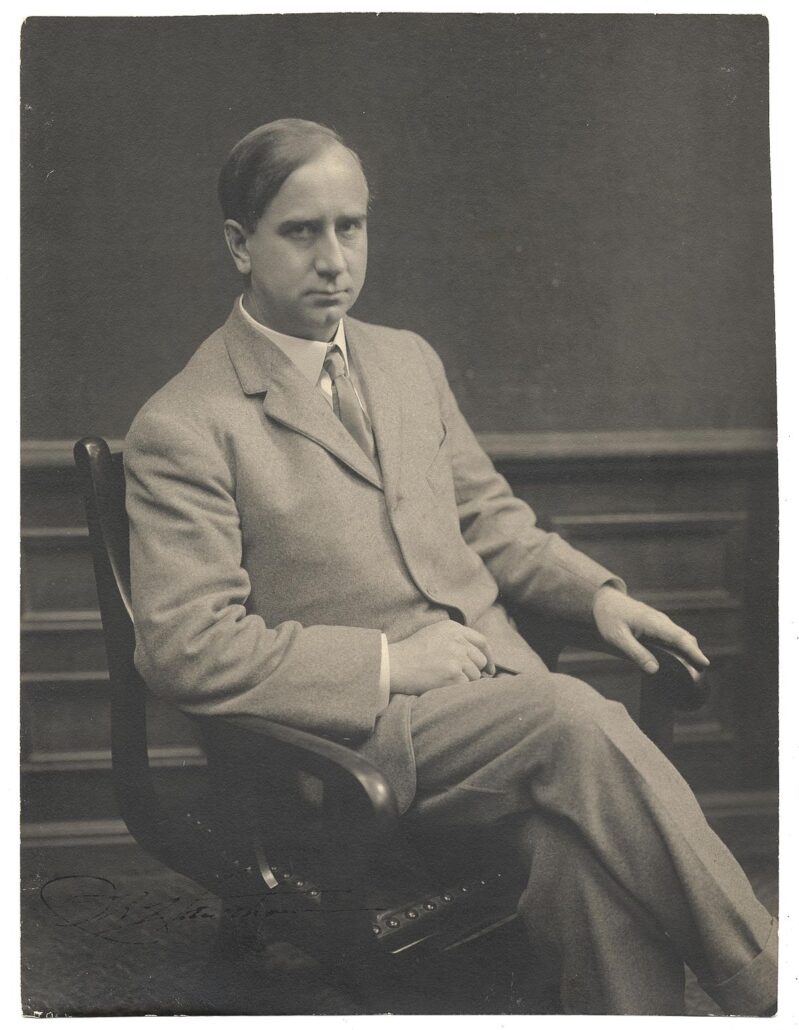
The visionary’s school soon opened a pipeline between Provincetown and New York City. The train service that was available at the time between the two points brought many to town from NYC’s Greenwich Village. Over the next two decades, Provincetown welcomed not only thousands of artists, but also writers, actors and left-wing political radicals who brought new ideas on gender and racial equality, artistic expression and sexuality.
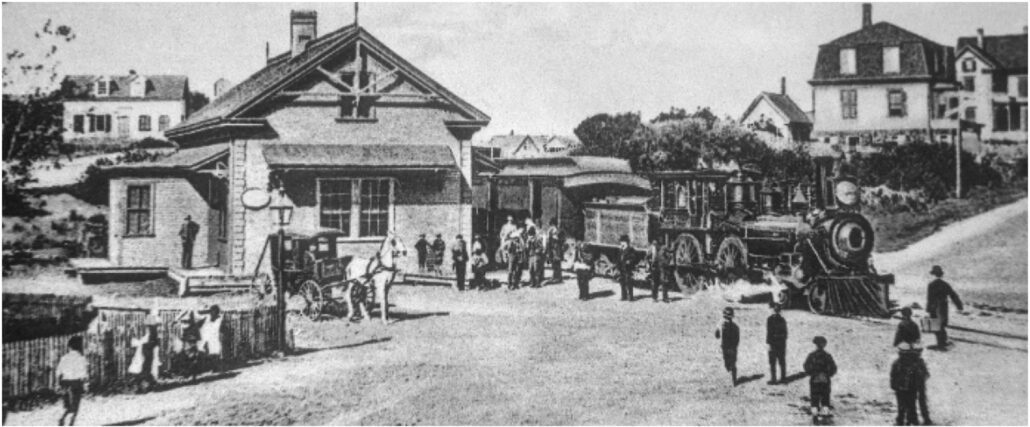
These ideas were accepted by a local population that was already pushed to the fringes of American society and a Portuguese community that was facing discrimination on many fronts in the region. So began a symbiotic relationship that bonded together the LGBTQ community with a significant portion of the straight population as friends and allies.
News spread throughout the LGBTQ community nationwide that Provincetown by the 1920s was a place of relative freedom and acceptance. This caused an influx of visitors and vacationers, and saw the town’s gay population grow exponentially. But this growth also sparked a growing backlash from more conservative elements in Provincetown which tried to halt the influx of LGBTQ people. Clearly those efforts failed.
Starting in the 1950s, various businesses and entertainers began to tiptoe out of the closet. By the historic Stonewall Riots of 1969, the town exploded with activism and visible queer expressions of art, culture and politics. Provincetown had finally earned a worldwide reputation as a LGBTQ safe haven.
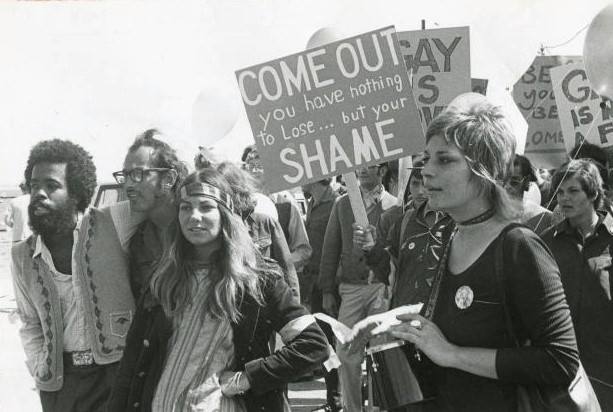
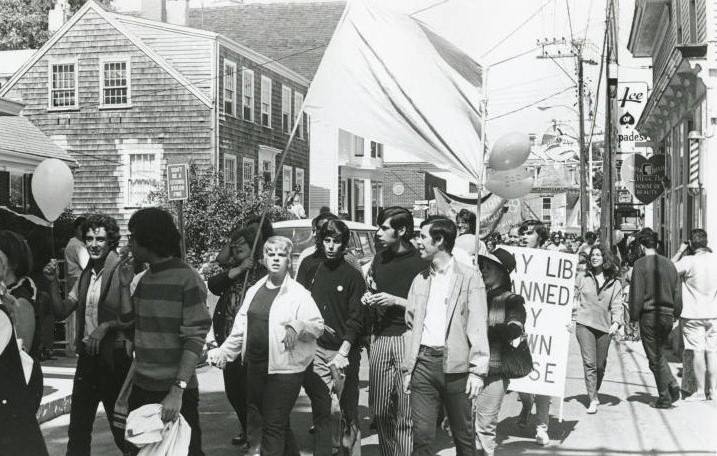
Queer History Highlights
While far from exhaustive, this list is provided to offer some highlights of our LGBTQ+ experience in Provincetown.
- 1899: Charles Hawthorne opens the Cape Cod School of Art, bringing thousands to Provincetown from New York City’s Greenwich Village, including early LGBTQ+ activists.
- 1940: The Provincetown Advocate, then the town’s newspaper of record, prints the word homosexual for the first time. The New York Times would not do so until 1967.
- 1952: Philip “Phil” Baiona, known by his drag name Bella Baiona, opens Weathering Heights – the first bar to openly cater and advertise to the LGBTQ+ community in Provincetown.
- 1964: John Waters spends his first summer in Provincetown. Waters, joined by his stable of actors (known as Dreamlanders) like Divine, Mink Stole, Cookie Mueller, and more would make Provincetown their home over the years. Waters has spent every summer here since.
- 1966: Andy Warhol brings his Exploding Plastic Inevitable, a variety show featuring the Velvet Underground, to Provincetown, turning the worlds of art and LGBTQ+ culture on their heads.
- 1966: Famed female impersonator Lynne Carter buys the Pilgrim House, solidifying Provincetown as an important cradle for the art of drag.
- 1970: LGBTQ+ activists hold a Labor Day Solidarity March to honor the one-year anniversary of Stonewall, despite being denied a parade permit by the town.
- 1975: The first Fantasia Fair is held. Now known as Trans Week, it is the oldest continuing transgender event in the world and a pioneering celebration in transgender activism.
- 1976: Womencrafts opens. It remains one of the few feminist bookshops in the country, as well as an important resource for queer women in Provincetown.
- 1978: The Provincetown Business Guild is founded, making it one of the oldest LGBTQ+ business associations in the country. That same year, the PBG produced the very first Carnival, now a signature Provincetown event.
- 1983: The Provincetown AIDS Support Group -- now the AIDS Support Group of Cape Cod – is founded. The entire Provincetown community, regardless of sexuality or gender, bands together to fight not just the epidemic, but the resulting bigotry and stigma.
- 1990: The Spiritus Riot occurs during Labor Day weekend in protest of the arrest of beloved drag queen Vanilla. It also emerges as an expression of anger over police harassment of the LGBTQ+ community. Soon after, the Provincetown Police Department implements reforms, including hiring LGBTQ+ officers.
- 2004: On May 14, marriage equality comes to Massachusetts. Provincetown welcomes hundreds that day who are seeking marriage licenses, resulting in the town making headlines around the world.
- 2010: The United States Census Bureau releases data that shows Provincetown has the highest rate of same-sex couples of any municipality in the country, making Provincetown the “gayest town in America.”


